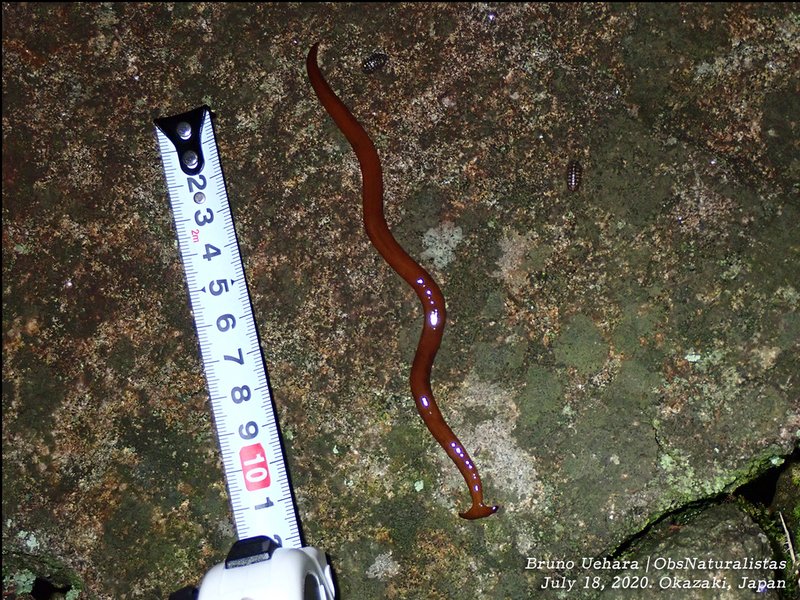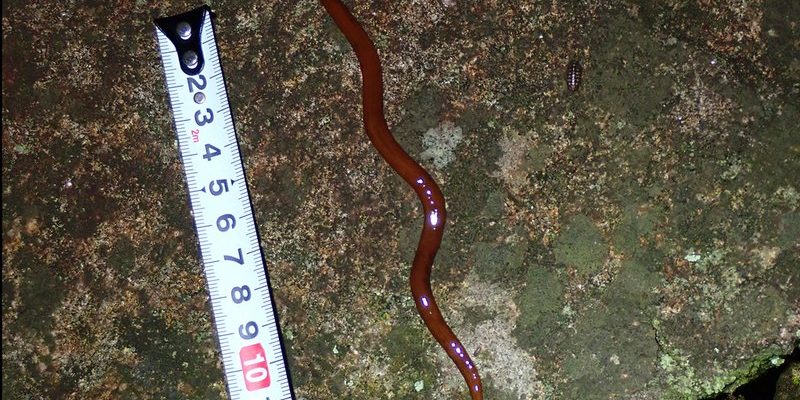
You see, just like how some plants bloom in the sunshine while others prefer shady spots, hammerhead worms have their own environmental preferences. They thrive in damp soil, which leads to the question: what specific moisture conditions really get these worms moving? Here’s the thing—various factors, from soil composition to humidity levels, affect how active they are. Let me explain how it all works, so you can understand precisely what creates an ideal habitat for these peculiar little guys.
The Role of Soil Moisture
So, why does soil moisture matter for hammerhead worms? To put it simply, they need a moist environment to survive. Just like us, worms can be sensitive to their surroundings. If the soil is too dry, hammerhead worms might retreat deeper into the ground, seeking cooler, wetter conditions. Soil moisture directly affects their ability to hunt for food and reproduce.
Key Factors Influencing Soil Moisture:
- Rainfall: An increase in rainfall can saturate the soil, making it a prime breeding ground for hammerhead worms.
- Irrigation: Gardeners and farmers watering their plants can create the perfect environment for these worms as well.
- Soil Type: Sandy soils drain quickly, while clay soils retain moisture better, impacting worm activity.
High levels of soil moisture not only encourage these worms to be active but also promote their growth and reproduction. You might wonder how this moisture level varies across different regions. Well, it’s a balancing act; too little moisture means fewer worms, while too much can also slow their movement. It’s all about finding that sweet spot.
Humidity: Not Just a Weather Report
Ever noticed how some days feel heavier than others? That’s humidity at work. For hammerhead worms, higher humidity levels make it easier for them to thrive. They prefer a humid environment because it helps them stay hydrated and prevents them from drying out. Think of them like those air plants that love humidity; they simply do better when the air is moist.
When humidity levels are high, it creates a favorable environment for hammerhead worms to come out and play—literally. You might observe them during early morning hours or right after a rainstorm. They tend to be more active when the air is heavy with moisture, offering them a chance to wander around in search of food.
How Humidity Influences Hammerhead Worms:
- Active Times: Higher humidity often correlates with the times when worms are most visibly active.
- Weather Patterns: Changes in weather, like warm fronts, can increase local humidity, prompting worm activity.
- Microhabitats: Areas with natural shade, like wooded regions, maintain higher humidity levels, benefiting these worms.
So, if you ever find yourself in a humid area, take a closer look. You might just catch a glimpse of these interesting creatures on the move.
Temperature and Its Connection to Moisture
You might think, “How does temperature fit into all this?” It’s an important piece of the puzzle! Hammerhead worms thrive in warmer temperatures, often found in areas with average temperatures between 70°F and 85°F (21°C to 29°C). Warmer weather combined with sufficient moisture sets the stage for these worms to flourish.
In cooler climates, hammerhead worms may not be as active or may even go into a state of dormancy. As temperatures rise, moisture retention becomes even more crucial. If the ground is warm but dry, these worms will be less likely to emerge during the day. They’re not fond of extreme heat, so think of them like Goldilocks—they prefer conditions that are just right.
Temperature-Related Factors:
- Seasonal Changes: Spring and summer offer optimal conditions for hammerhead worms, thanks to warm temperatures and increased moisture.
- Water Availability: In regions with regular rainfall, warmer temperatures can bolster worm activity even more.
- Microclimates: Areas shielded from direct sun or wind can remain warmer and moister, supporting worm populations.
So, if you want to spot some hammerhead worms in your yard, pay attention to the season and temperature!
The Impact of Local Ecosystems
Let’s think about where hammerhead worms are found. They often thrive in environments with diverse ecosystems, like gardens, forests, and wetlands. These habitats can trap moisture, thanks to the vegetation surrounding them. Think of a lush forest: those leaves and plants create a canopy that holds moisture in the air and on the ground.
In cultivated areas, like farms or gardens, hammerhead worms benefit significantly from the moist conditions created by mulching or regular watering practices. The rich organic matter in these environments fosters their growth, making it easier for them to find their favorite prey—earthworms.
Key Ecosystem Elements:
- Plant Diversity: A diverse range of plants can create varying moisture levels, allowing hammerhead worms to thrive.
- Organic Matter: Leaf litter and decomposing material contribute to a healthier soil environment for these worms.
- Water Features: Proximity to ponds or streams can enhance moisture in the surrounding soil.
So, when considering where to look for hammerhead worms, think about these lush ecosystems where life flourishes.
How to Create Ideal Conditions for Hammerhead Worms
If you’re eager to encourage hammerhead worms in your garden or backyard, you can take some steps to create the perfect environment for them. First off, focus on maintaining adequate soil moisture. Regularly watering your plants and incorporating mulch can go a long way.
You might also consider planting native vegetation that thrives in your area. This creates diversity in your garden while helping retain moisture. Additionally, minimizing pesticide usage will provide a healthy habitat for these worms and their food sources.
Tips to Foster a Hammerhead Worm-Friendly Habitat:
- Water Regularly: Keep the soil moist, especially during dry spells.
- Use Mulch: Organic mulch retains moisture and enriches the soil.
- Plant Native Species: Choose plants that naturally grow in your region for better moisture retention.
Creating a welcoming environment is not only beneficial for hammerhead worms but for your garden as a whole.
Understanding the moisture conditions that favor hammerhead worm activity can be incredibly helpful, whether you’re a gardener or just a curious observer of nature. These fascinating creatures thrive in damp, warm environments, where they can easily find food and reproduce. By considering factors like soil moisture, humidity, temperature, and local ecosystems, you can appreciate their role in the environment a bit more.
So, next time you encounter a hammerhead worm, remember the conditions that allow them to thrive. Keeping an eye on moisture levels in your garden can make a real difference, not just for these worms but for the overall health of your soil—and who doesn’t want a thriving garden?

